Move
Postnatal Workouts: Here’s What To Pay Attention To After You Have Your Baby
When can I start exercising again? What can I do about abdominal separation? How can I possibly exercise when I’m perpetually exhausted?
Working out post-baby brings up a lot of questions—and we have answers! Read on for our conversation with barre3 Director of Research and Development Lisa Schale-Drake to get the answers to these and more questions, and to learn how she and her team designed our Postnatal Collection to help you navigate this important moment in your motherhood journey.
B3 MAGAZINE: Let’s start with the first question so many new moms have: How do you know when it’s ok to start exercising again?
LISA: Most moms are cleared for activities, like exercise, around 6 weeks postpartum. This can sometimes be extended depending on the individual circumstances. However, the next step can feel really unclear. Yes, you can exercise, but how much and to what extent? Your body has been through a massive transformation. Honoring your amazing journey is important. It’s okay to step back into exercise slowly and thoughtfully. This is why we created our phased approach to postpartum so you can meet your body where it is each day and take steps toward safely getting back into activities that you love.
B3 MAGAZINE: Some new moms experience frustration because their postnatal bodies look and feel so different from their prenatal bodies. Do you have any advice for finding compassion and presence during your postnatal journey?
LISA: It’s true, our society is obsessed with the “bounce back” story. The idea that your body will ever return “pre-baby body” is a myth. I’m not saying that you won’t have the strength and endurance like you had before, but you will always be postnatal. Your body has been through one of the biggest transformations of its life. It takes a ton of strength, resilience, and patience to become a mom. Recognizing your journey can help toward finding some compassion for where you are today.
Also, know that you aren’t a problem to be fixed. I think a lot of new moms feel like they are broken or damaged. What helped me when I became a mom was remembering it took me 9+ months to make my twins. I needed to give my body time to heal and recover. This helped me take the pressure off myself and instead understand where I was each day and work toward my goals of feeling more connected, stronger, and more energized through time.
B3 MAGAZINE: Many moms experience pregnancy-related abdominal separation. Can you talk a bit about how to know if you have this, and what to keep in mind while exercising?
LISA: Experiencing some level of abdominal separation (diastasis recti) in your pregnancy is normal. For some moms, the separation continues after having your baby. Having your health-care provider check you for abdominal separation around 6 weeks can give you an understanding of if you have it, and if it’s severe enough to need to work with a specialist. Once you know, there are things you can do that can help so it doesn’t worsen—and you can even improve it through time. One, posture is key. Maintaining good alignment in the torso can remove unnecessary pressure on the linea alba. Two, breath is everything! When we exhale, we engage the deep core muscles. These foundational muscles (which include the pelvic floor) are essential to healing your core and abdominal separation. Three, back off high-intensity core moves, like full Planks. While we love these types of moves, if the core isn’t ready for the heavy resistance, the postures can put extra pressure on the separation and potentially worsen it. Our 6-12 week content is designed to help a new mom who might be experiencing abdominal separation.
B3 MAGAZINE: As moms, we do a lot of repetitive motions that throw our bodies out of balance, like rounding over while nursing and holding our kids with one arm more often than the other. How do the workouts in this collection help counter those imbalances?
LISA: We designed the workouts to address these imbalances! Through our many years of working with new moms, both in-studio and online, we have learned a ton about what postures can help counter certain imbalances. By incorporating these into the postnatal workouts, we can help reduce overall aches and pains, increase range of motion, and leave you feeling stronger in your body. For example, we emphasize back-of-shoulder work in our postnatal videos. When we strengthen the back of our shoulders, this can help open up the front of the chest and counter the tendency to round and tense in our upper backs as a result of holding our babies.
B3 MAGAZINE: Exhaustion is real when you’re a new mom, which can make the idea of a workout feel a little daunting. What are some ways the workouts in this collection can help boost energy rather than deplete it?
LISA: Yes, extreme fatigue is real when you are a new mom! We hear a lot from our new moms that they leave our workouts feeling more energized rather than more depleted. It comes down to a few approaches. One, we empower you to listen to your body and honor where it is today. While movement is shown to increase your energy, sometimes pushing too hard can lead to depletion and burnout. But when you listen to your body, you will start to understand when to push and when to back off based on how you’re feeling at that moment. This helps ensure that you’re not depleting your tank. Two, we focus on breath in our workouts. Breath is important for multiple reasons, but one of the most important is that it can help you balance your energy. Lastly, we get that you are BUSY! Life as a new mom can feel chaotic and unpredictable. We built this collection so the workouts have a range of durations (10 to 45 minutes), so when you are extra tired or know that nap time isn’t going to last much longer, you can push play on a 10-minute workout and reap the benefits.
Thank you, Lisa! Move with confidence during your pregnancy and beyond with our new Prenatal and Postnatal workouts. Trimester-specific collections meet you where you are and support you throughout your journey.
When can I start exercising again? What can I do about abdominal separation? How can I possibly exercise when I’m perpetually exhausted?
Working out post-baby brings up a lot of questions—and we have answers! Read on for our conversation with barre3 Director of Research and Development Lisa Schale-Drake to get the answers to these and more questions, and to learn how she and her team designed our Postnatal Collection to help you navigate this important moment in your motherhood journey.
B3 MAGAZINE: Let’s start with the first question so many new moms have: How do you know when it’s ok to start exercising again?
LISA: Most moms are cleared for activities, like exercise, around 6 weeks postpartum. This can sometimes be extended depending on the individual circumstances. However, the next step can feel really unclear. Yes, you can exercise, but how much and to what extent? Your body has been through a massive transformation. Honoring your amazing journey is important. It’s okay to step back into exercise slowly and thoughtfully. This is why we created our phased approach to postpartum so you can meet your body where it is each day and take steps toward safely getting back into activities that you love.
B3 MAGAZINE: Some new moms experience frustration because their postnatal bodies look and feel so different from their prenatal bodies. Do you have any advice for finding compassion and presence during your postnatal journey?
LISA: It’s true, our society is obsessed with the “bounce back” story. The idea that your body will ever return “pre-baby body” is a myth. I’m not saying that you won’t have the strength and endurance like you had before, but you will always be postnatal. Your body has been through one of the biggest transformations of its life. It takes a ton of strength, resilience, and patience to become a mom. Recognizing your journey can help toward finding some compassion for where you are today.
Also, know that you aren’t a problem to be fixed. I think a lot of new moms feel like they are broken or damaged. What helped me when I became a mom was remembering it took me 9+ months to make my twins. I needed to give my body time to heal and recover. This helped me take the pressure off myself and instead understand where I was each day and work toward my goals of feeling more connected, stronger, and more energized through time.
B3 MAGAZINE: Many moms experience pregnancy-related abdominal separation. Can you talk a bit about how to know if you have this, and what to keep in mind while exercising?
LISA: Experiencing some level of abdominal separation (diastasis recti) in your pregnancy is normal. For some moms, the separation continues after having your baby. Having your health-care provider check you for abdominal separation around 6 weeks can give you an understanding of if you have it, and if it’s severe enough to need to work with a specialist. Once you know, there are things you can do that can help so it doesn’t worsen—and you can even improve it through time. One, posture is key. Maintaining good alignment in the torso can remove unnecessary pressure on the linea alba. Two, breath is everything! When we exhale, we engage the deep core muscles. These foundational muscles (which include the pelvic floor) are essential to healing your core and abdominal separation. Three, back off high-intensity core moves, like full Planks. While we love these types of moves, if the core isn’t ready for the heavy resistance, the postures can put extra pressure on the separation and potentially worsen it. Our 6-12 week content is designed to help a new mom who might be experiencing abdominal separation.
B3 MAGAZINE: As moms, we do a lot of repetitive motions that throw our bodies out of balance, like rounding over while nursing and holding our kids with one arm more often than the other. How do the workouts in this collection help counter those imbalances?
LISA: We designed the workouts to address these imbalances! Through our many years of working with new moms, both in-studio and online, we have learned a ton about what postures can help counter certain imbalances. By incorporating these into the postnatal workouts, we can help reduce overall aches and pains, increase range of motion, and leave you feeling stronger in your body. For example, we emphasize back-of-shoulder work in our postnatal videos. When we strengthen the back of our shoulders, this can help open up the front of the chest and counter the tendency to round and tense in our upper backs as a result of holding our babies.
B3 MAGAZINE: Exhaustion is real when you’re a new mom, which can make the idea of a workout feel a little daunting. What are some ways the workouts in this collection can help boost energy rather than deplete it?
LISA: Yes, extreme fatigue is real when you are a new mom! We hear a lot from our new moms that they leave our workouts feeling more energized rather than more depleted. It comes down to a few approaches. One, we empower you to listen to your body and honor where it is today. While movement is shown to increase your energy, sometimes pushing too hard can lead to depletion and burnout. But when you listen to your body, you will start to understand when to push and when to back off based on how you’re feeling at that moment. This helps ensure that you’re not depleting your tank. Two, we focus on breath in our workouts. Breath is important for multiple reasons, but one of the most important is that it can help you balance your energy. Lastly, we get that you are BUSY! Life as a new mom can feel chaotic and unpredictable. We built this collection so the workouts have a range of durations (10 to 45 minutes), so when you are extra tired or know that nap time isn’t going to last much longer, you can push play on a 10-minute workout and reap the benefits.
Thank you, Lisa! Move with confidence during your pregnancy and beyond with our new Prenatal and Postnatal workouts. Trimester-specific collections meet you where you are and support you throughout your journey.


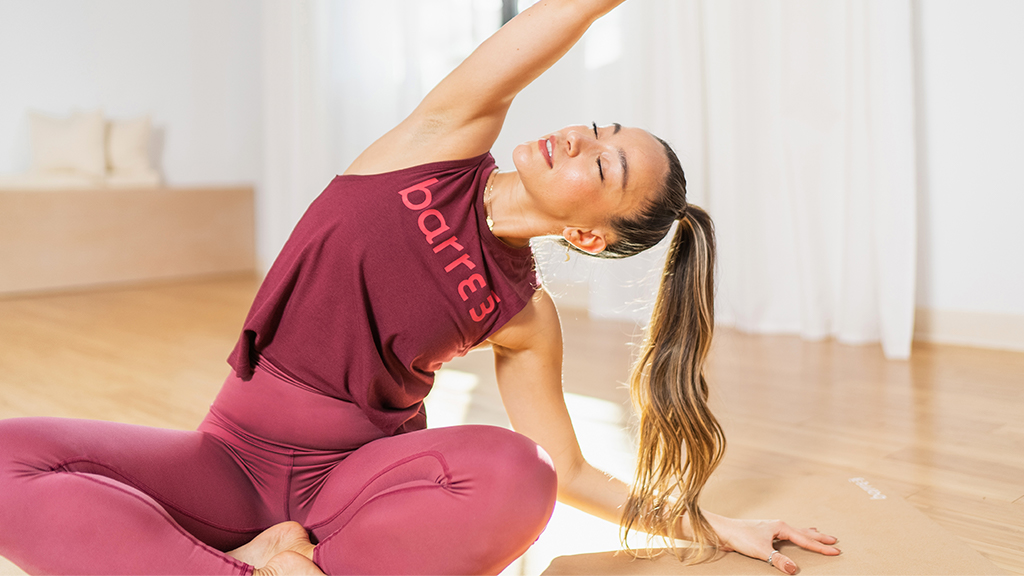
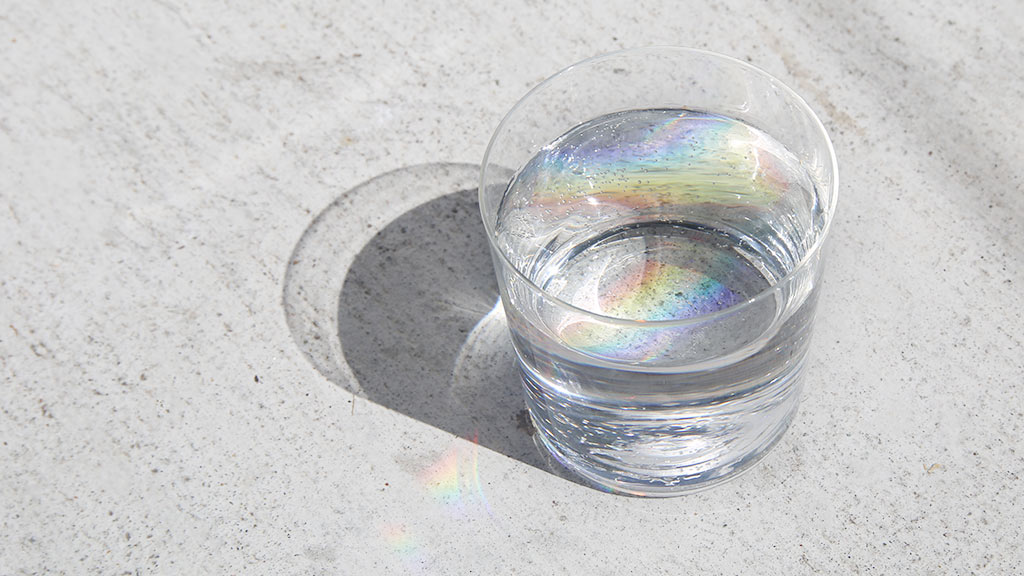
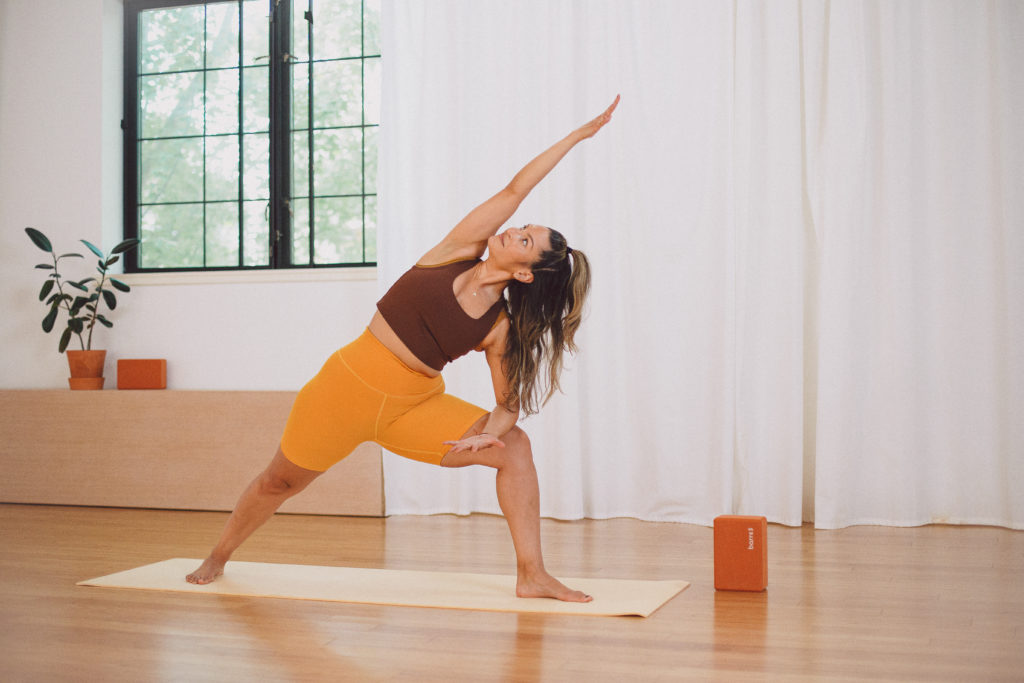
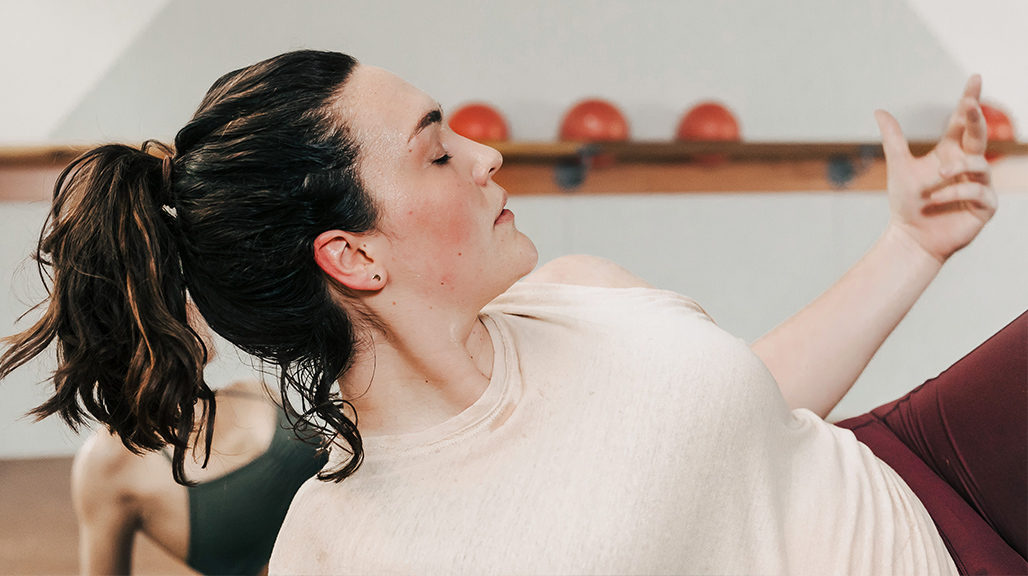
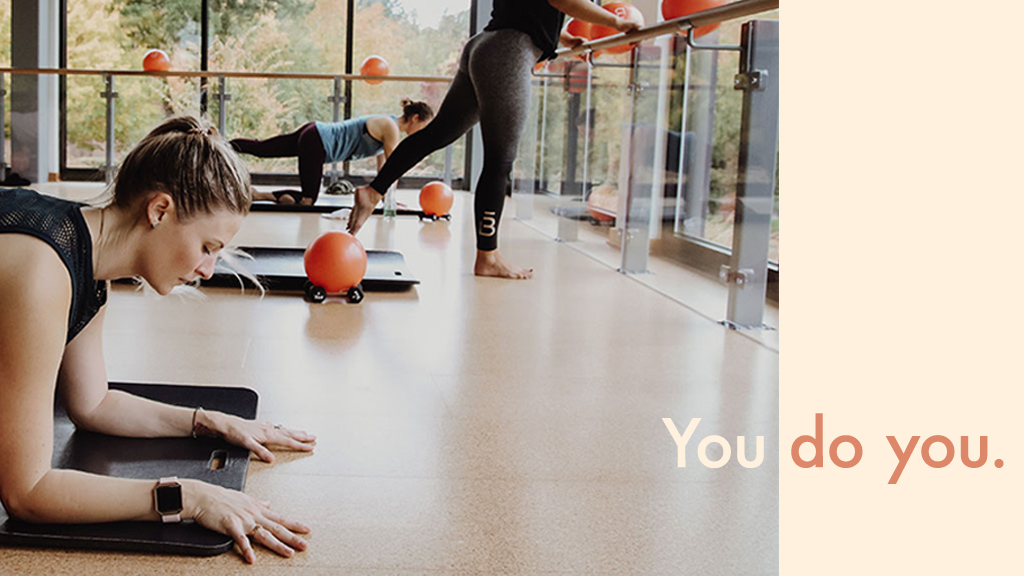



0 people have left a comment. Join the conversation!
View Comments